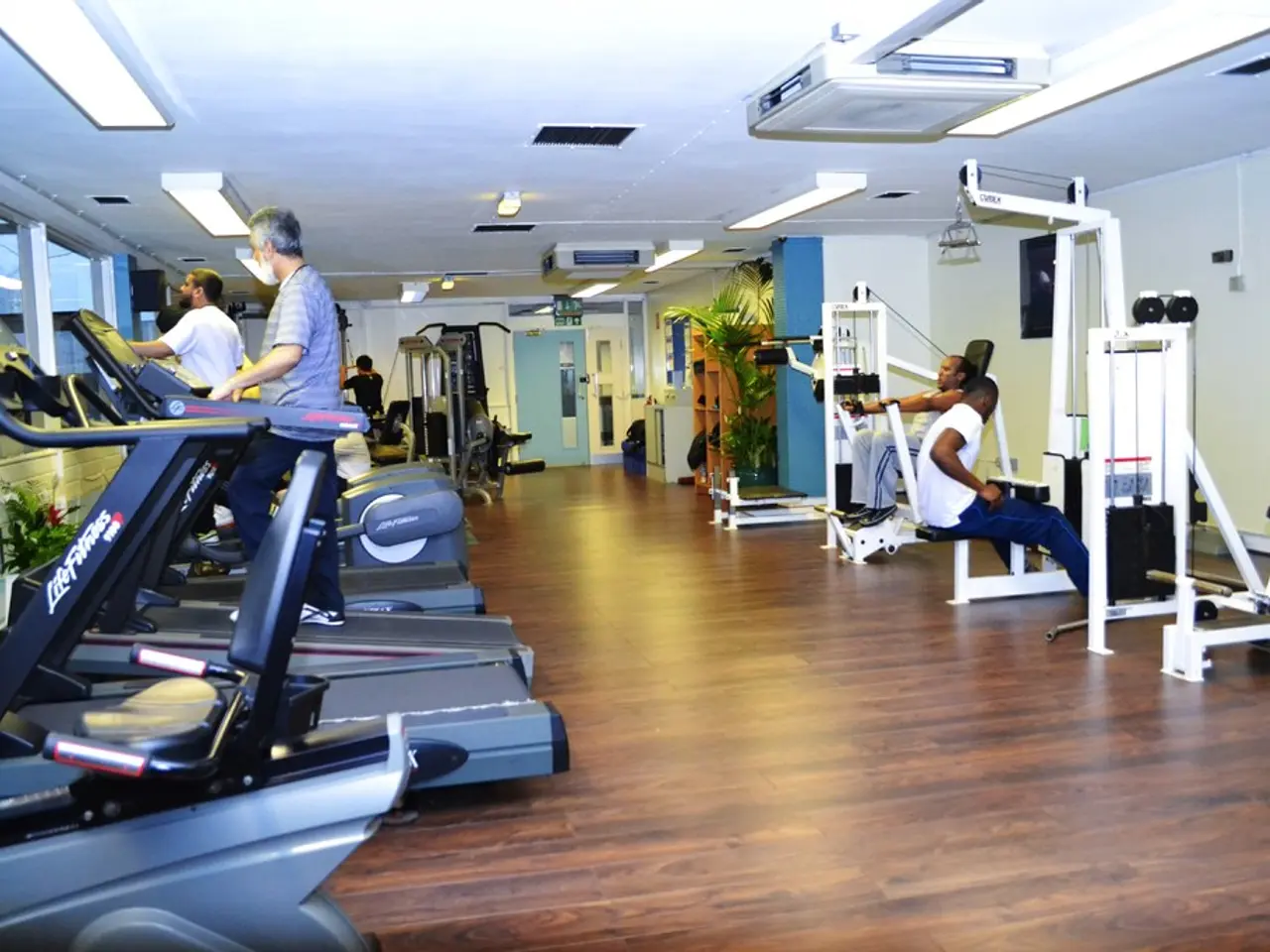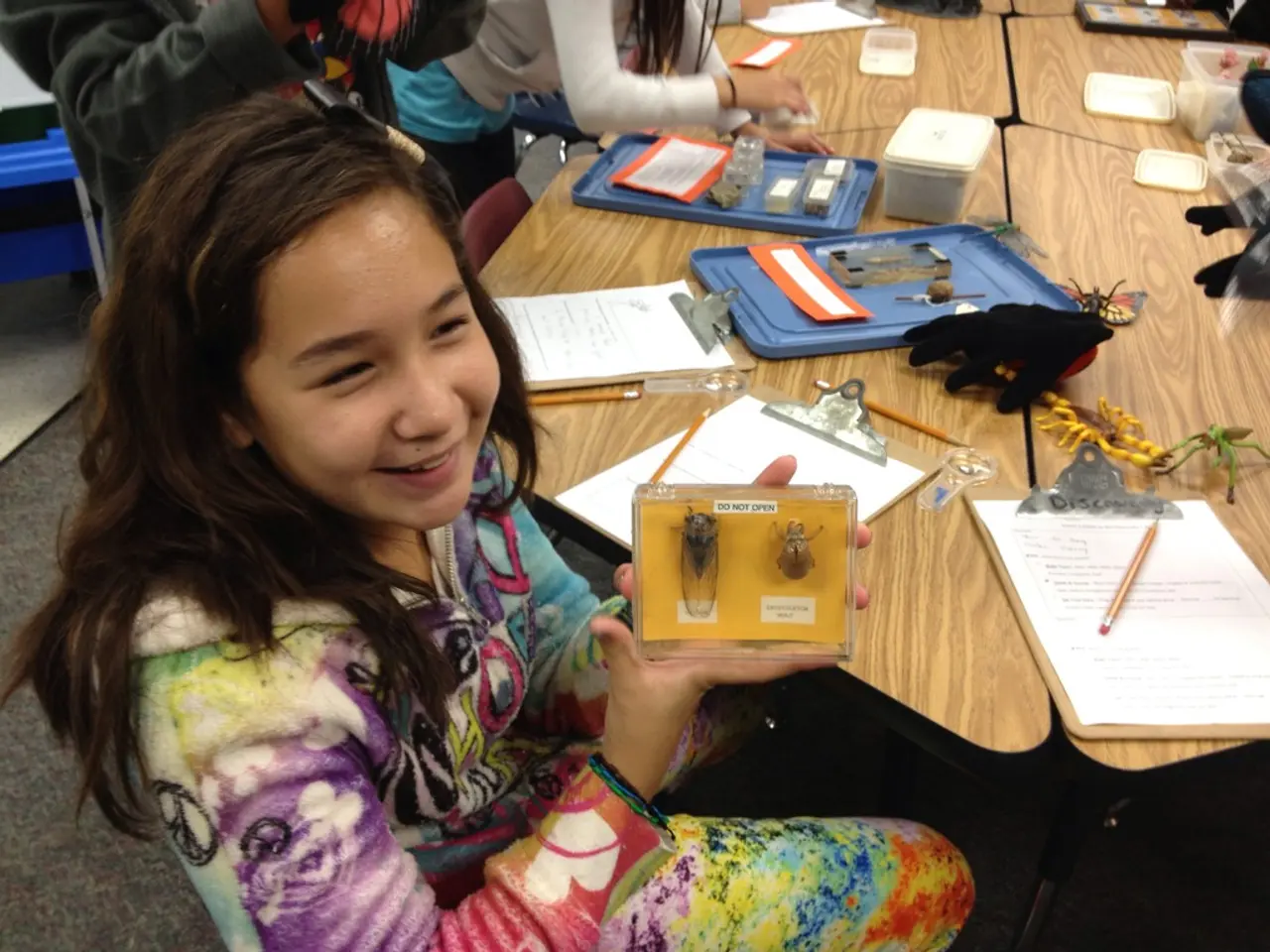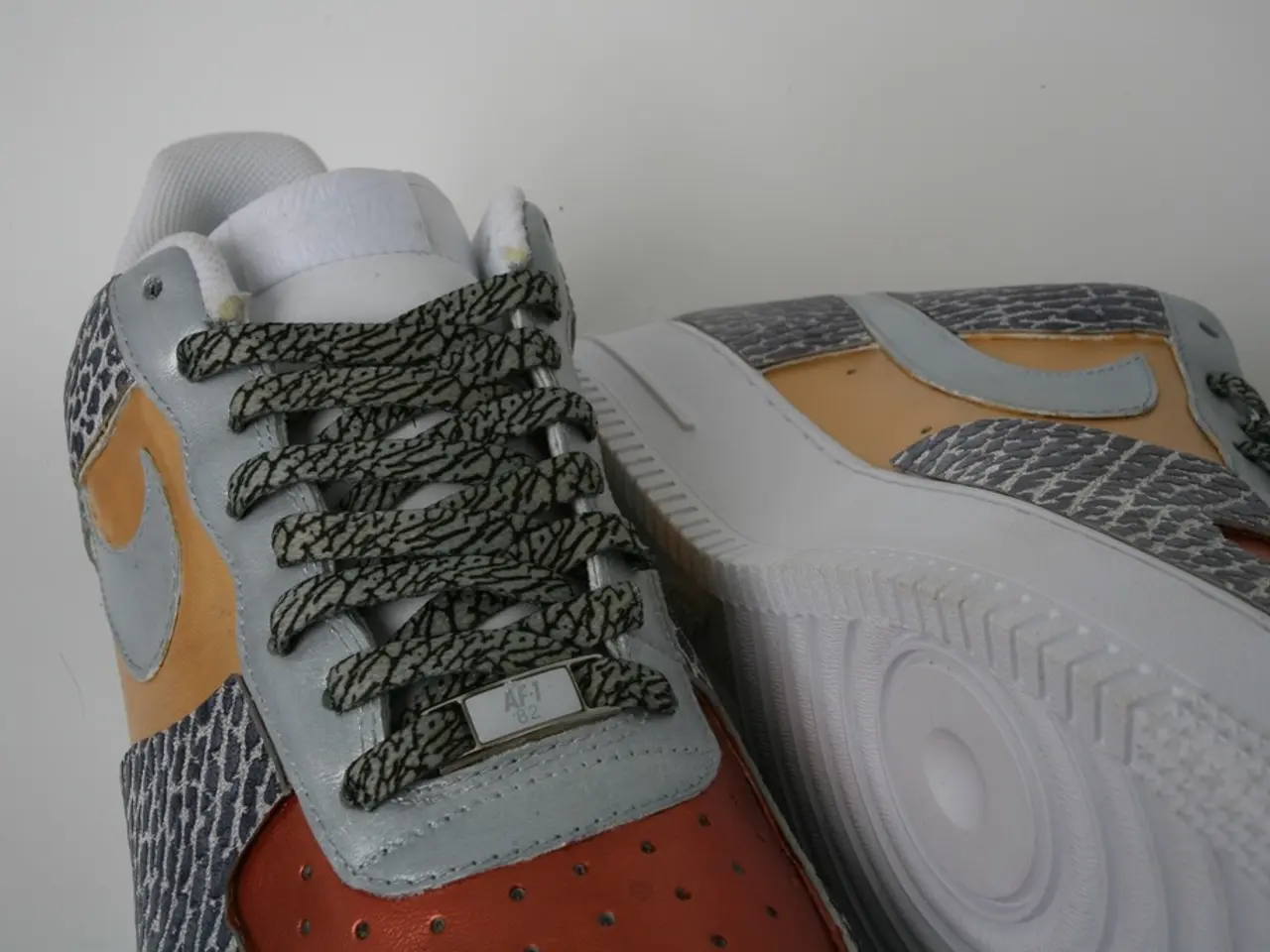Researchers Experiment with 3D Printing for Artificial Heart Construction
In the realm of medical innovation, researchers are making significant strides in the 3D printing of heart-related structures. The ultimate goal, creating a fully functional human heart using a patient's own cells, remains a challenging yet promising objective.
One of the most promising advancements comes from the University of Louisville, where a team is working on creating a new heart using 3D printing technology with a patient's own cells. Stuart Williams, a cell biologist leading the project, believes they can print parts and assemble an entire heart in three to five years. The heart that Williams envisions would be built from cells taken from the patient's fat.
Meanwhile, researchers at Wake Forest University are using 3-D printers to attempt to make a human kidney. The University of Louisville team has already printed human heart valves and small veins with cells.
However, creating a fully functional heart involves replicating the complex structures and functions of the natural organ, including blood vessels, valves, and electrical conductivity. Currently, researchers face significant challenges in replicating these complex systems using patient-specific cells.
The 3D printing approach is not the only strategy being investigated. At the University of Texas at Arlington, researchers are developing 3D-printed heart patches that aim to regenerate damaged heart tissue. These patches can support the heart structurally and promote tissue regeneration through therapeutic exosomes.
The progress in 3D printing technology is also transforming the artificial heart market by enabling the creation of customizable cardiac implants. However, these implants are not yet cell-based and do not extend to printing a fully functional, human heart.
Despite the challenges, optimism remains high. Michael Golway, president of Louisville-based Advanced Solutions Inc., stated that they are experiencing an exponential explosion with the technology. If everything goes according to plan, the heart might be tested in humans in less than a decade.
An organ built from a patient's cells could potentially solve the rejection problem some patients have with donor organs or artificial hearts. This approach could revolutionise transplant surgery and offer hope to those with failing hearts who are not candidates for artificial hearts.
The finished product would be called the "official heart," a blend of natural and artificial. In experiments, scientists have made rodent hearts that beat in the laboratory using this method. The 3-D printer works in much the same way an inkjet printer does, with a needle that squirts material in a predetermined pattern. The cells would be purified in a machine and then printing would begin in sections, using a computer model to build the heart layer by layer.
Hospitals in Louisville have a history of artificial heart achievements, including the implantation of the Jarvik 7 and the AbioCor. As research continues, the dream of a 3D-printed human heart made from a patient's own cells may soon become a reality.
- Embracing a minimalist living approach, one could argue that the pursuit of a 3D-printed heart from a patient's own cells epitomizes the freedom lifestyle, as it offers hope for those suffering from medical-conditions related to failing hearts.
- In the realm of life hacks and innovations, the development of 3D-printed hearts using patient-specific cells contributes significantly to health-and-wellness, particularly in the medical field, aided by advancements in scientific research and technology.
- Despite the current hurdles in replicating the complex structures and functions of a natural heart using 3D printing technology, the potential benefits extends beyond transplant surgery, possibly paving the way for customizable, cell-based health-and-wellness solutions in the future.




